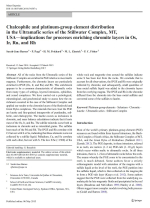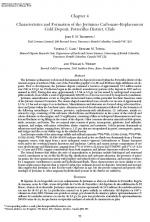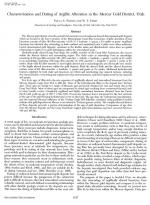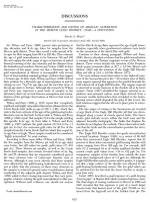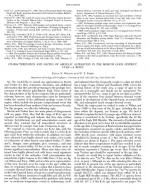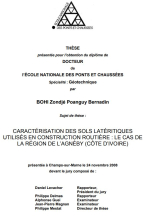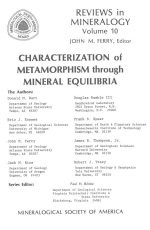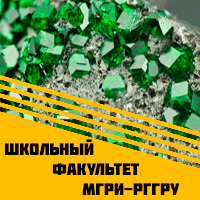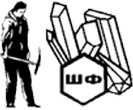We would like to extend our appreciation to Morris and Tooker for their comments, discussion, and additional information that they provide pertaining to the geologic environment of the Mercur gold district, Utah. Their review of the characteristics of the Sevier orogenic belt are particularly relevant; however, such characteristics must be interpreted within the context of the additional geologic events of the region, which include the Jurassic compressional event that has been described from northern Utah and western Nevada. For this purpose, we offer the following reply.
Morris and Tooker have two main points of disagreement with our paper. First, they find the range of K-Ar ages we reported as disturbing and indicate that they date neither tectonic, hydrothermal, nor gold mineralization events; and second, they contend that all mineralized structures at Mercur must be younger than Late Cretaceous in age.




